Begonia Care: The Best Way to Maintain Them
The Begonia
Begonias are a colorful and exotic plant, with bright silvery spots that won't let you resist. Native to Brazil, their care is easier than it seems; they enjoy bright indirect light, warm temperatures, and humidity.
_________________________________________________
How to care for your Begonia
Use these instructions to care for a begonia. This guide will tell you how to water a begonia; its light, temperature, and humidity preferences; and any additional care it may need to help it grow.
To maintain its color and shape it needs sunlight, always indirect, since exposing it to it can burn its leaves.
The plant can be allowed to dry partially, and when watering, make sure it is abundant. Check that the water comes out through the drainage holes and drain completely, as waterlogging can rot the roots.
![]()
Begonia appreciates humidity, so you can place a humidifier nearby daily to improve its environment.
![]()
It can be transplanted and fertilized in spring and summer.
![]()
It is considered toxic to our furry friends.
![]()

_________________________________________________
Common Problems for Your Begonia

It can be alarming to see your begonia plant's leaves start to brown, but don't worry! Let's investigate and get to the bottom of this.
Irrigation
The most common cause of brown leaf edges is that your begonia is incredibly dry. Your begonia likes constant moisture. Don't allow more than the top half of the soil to dry out between waterings. Begonias don't like soggy soil or sitting in water, so be sure to discard any water that has collected in the saucer after watering. Is the soil completely dry? Give it a good soaking by bottom watering.
Here's how to water your Begonia:
- Place your plant in your sink or tub without the saucer. Fill the basin with about 3-4 inches of water. Make sure the water isn't too hot!
- Let your plant absorb water through the drainage hole at the bottom of the pot for at least 45 minutes.
- Feel the top of the soil after your plant has been soaked, has the water reached the top 2-3" of soil?
- If not all of the soil feels saturated, water your Begonia lightly from the top of the soil to help speed up saturation.
- When your plant's soil is evenly moist, drain the sink/tub and let the plant rest while it drains well. Return the plant to its saucer and place it back in its proper location.
Low humidity
Increasing humidity will help prevent dry edges on your begonia, in addition to a consistent watering routine. Try adding a pebble tray or using a humidifier. Although we typically recommend misting your plants, your Polka Dot Begonia is an exception. Begonias are prone to powdery mildew, which can occur if their leaves stay wet. It's okay to mist the area around your plant, but don't mist directly on the leaves, and avoid getting the leaves wet while watering.
Burn
If you keep your begonia in a location where it receives harsh, direct sunlight, it can lead to leaf burning and drying. Place your begonia in a location where it receives bright, indirect light. Next to an east-facing window is ideal, but if your window faces south or west, place it a few feet away from the window.
.

Irrigation
The yellow leaves that appear on your begonia are most likely caused by overwatering, allowing the soil to remain soggy, or letting the plant sit in water. This is an easy fix for the future. When you water, water thoroughly until water runs out of the drainage hole. Wait a few minutes for it to drain, and then empty any water that has collected in the saucer. Let the soil dry out about halfway, or 2-4 inches down, before watering again. If the soil stays too wet for too long, the roots can rot.
Light
Ensuring the plant is receiving enough light will help reduce overwatering symptoms. If your begonia is in a lower light situation, it will take longer to use water and can lead to excessive symptoms such as yellow leaves. Moving your begonia closer to a window can help improve your plant's health.




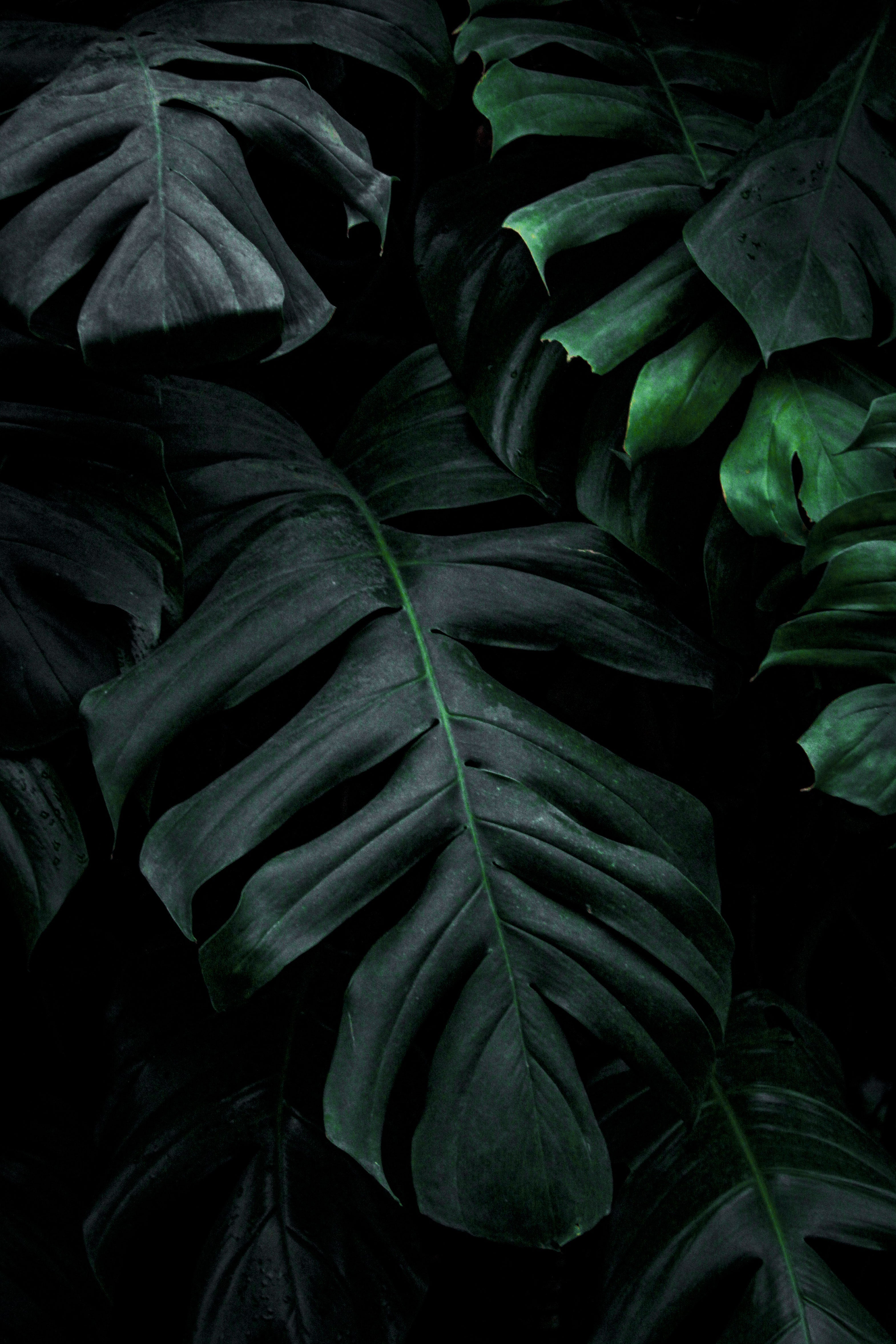
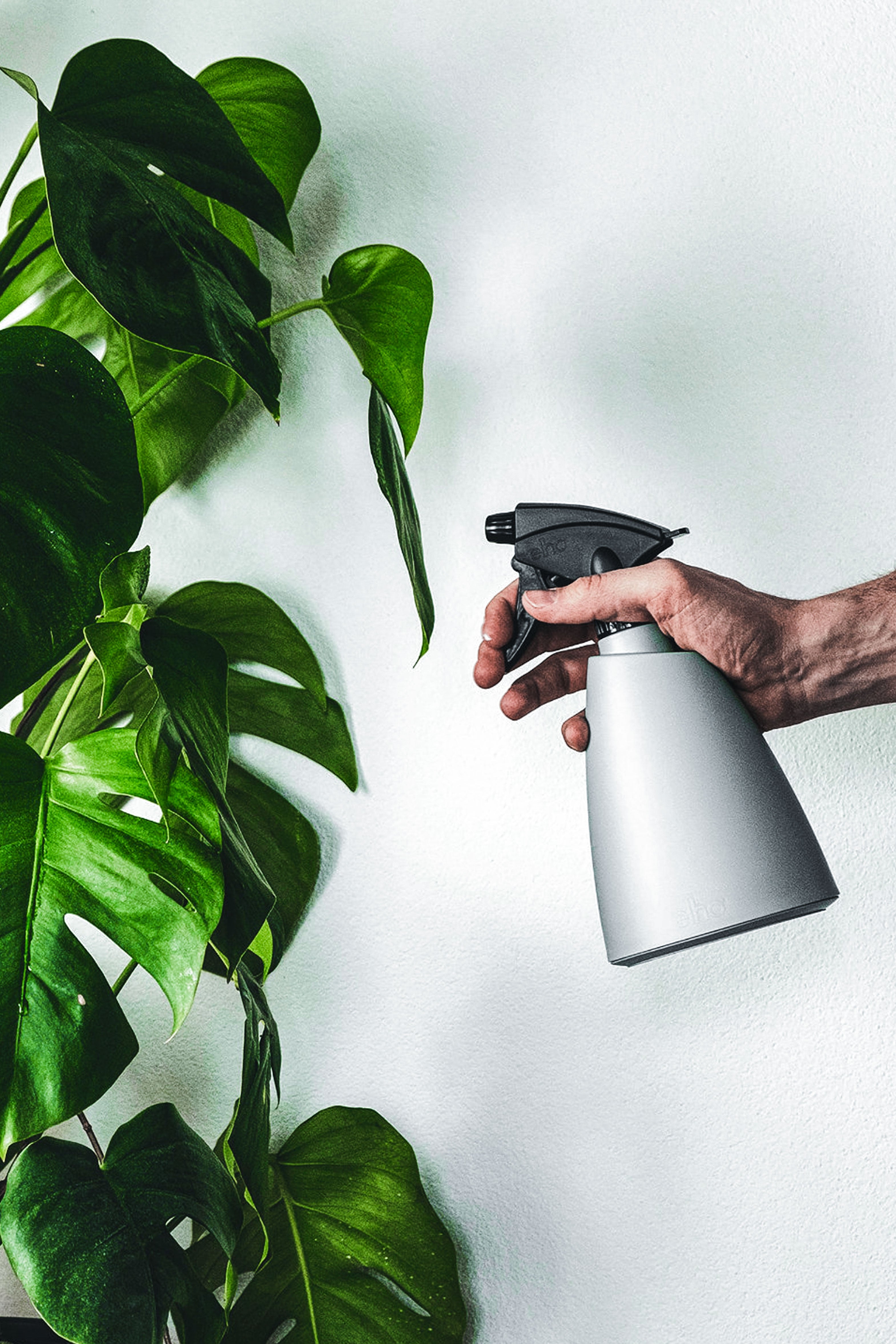
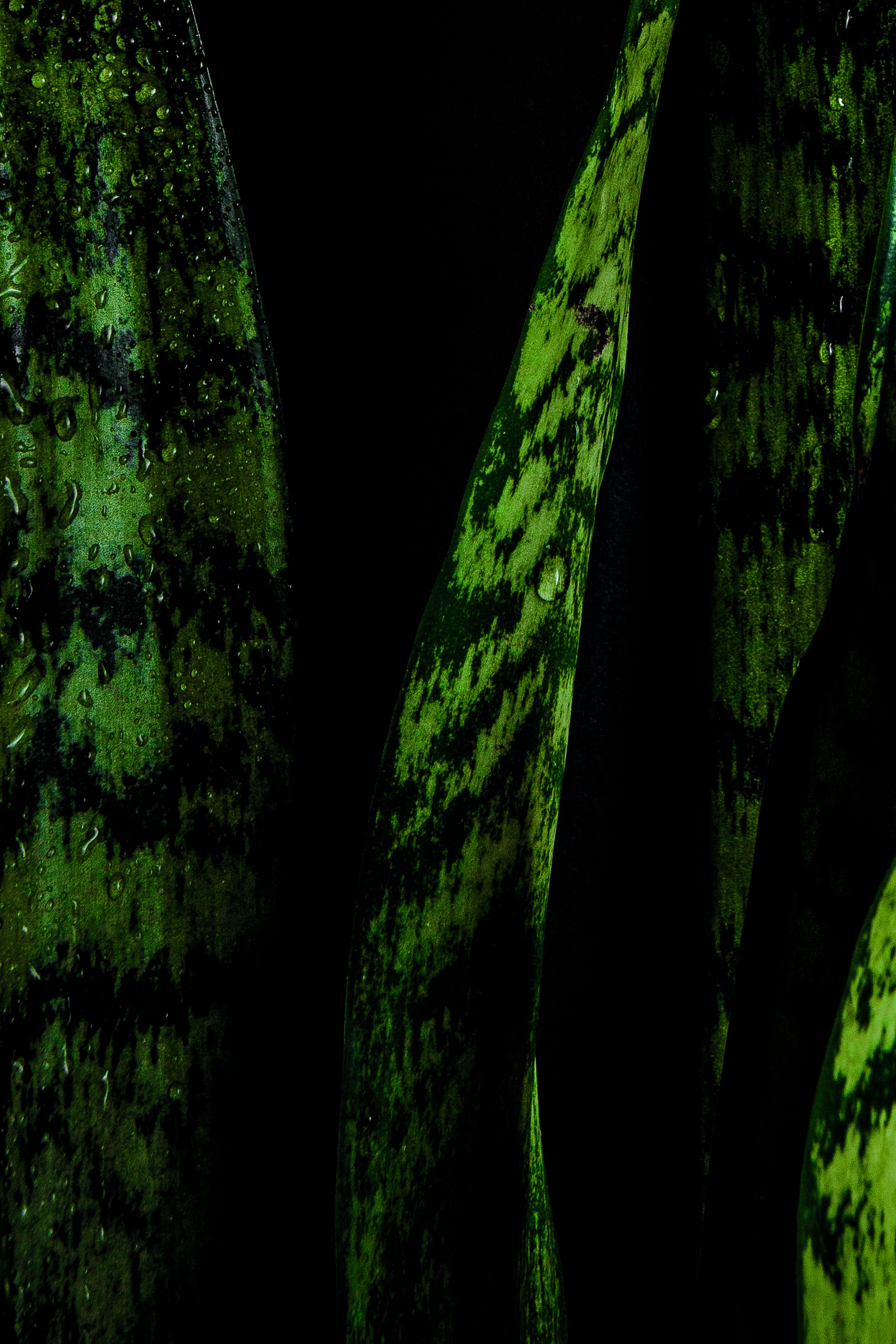
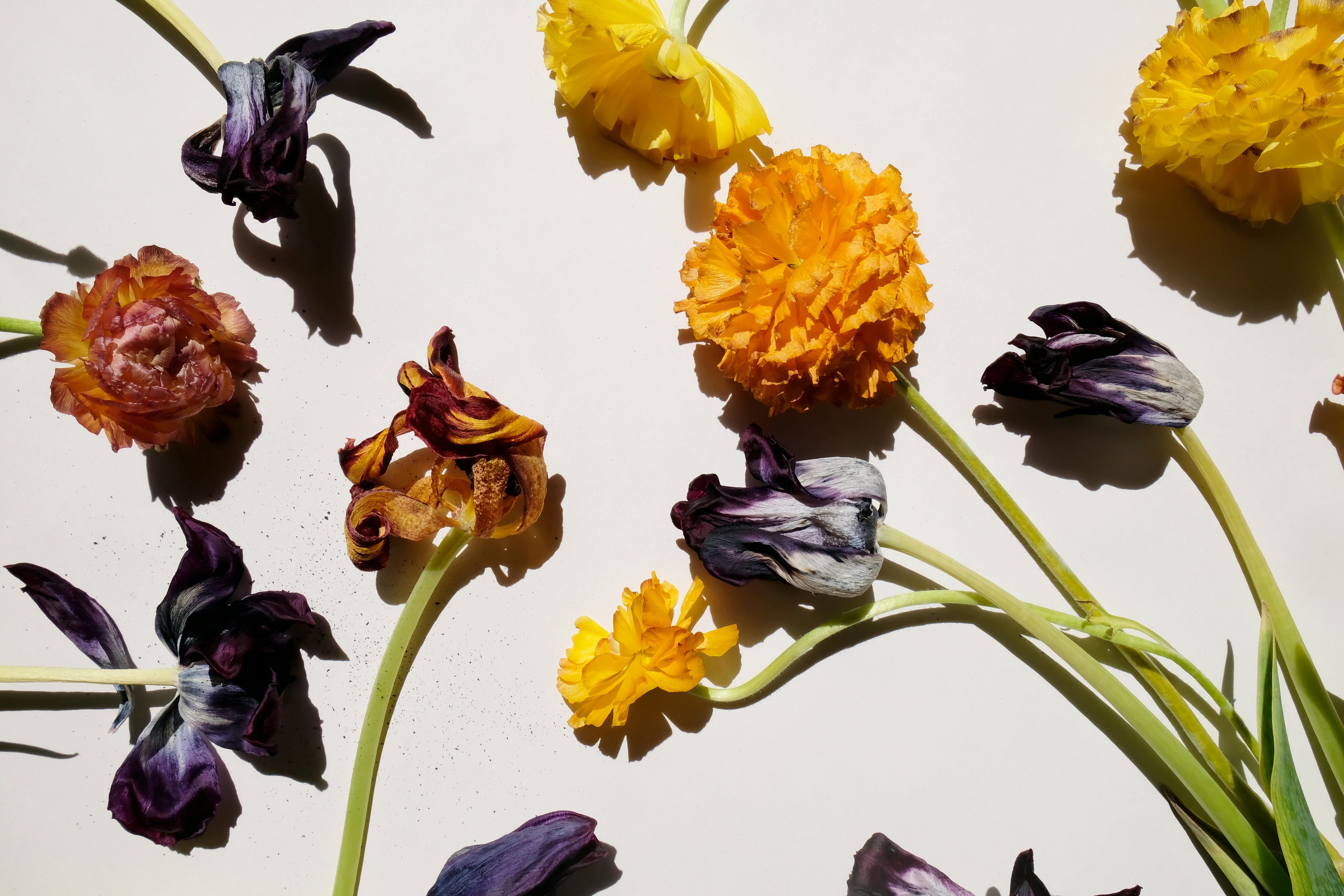
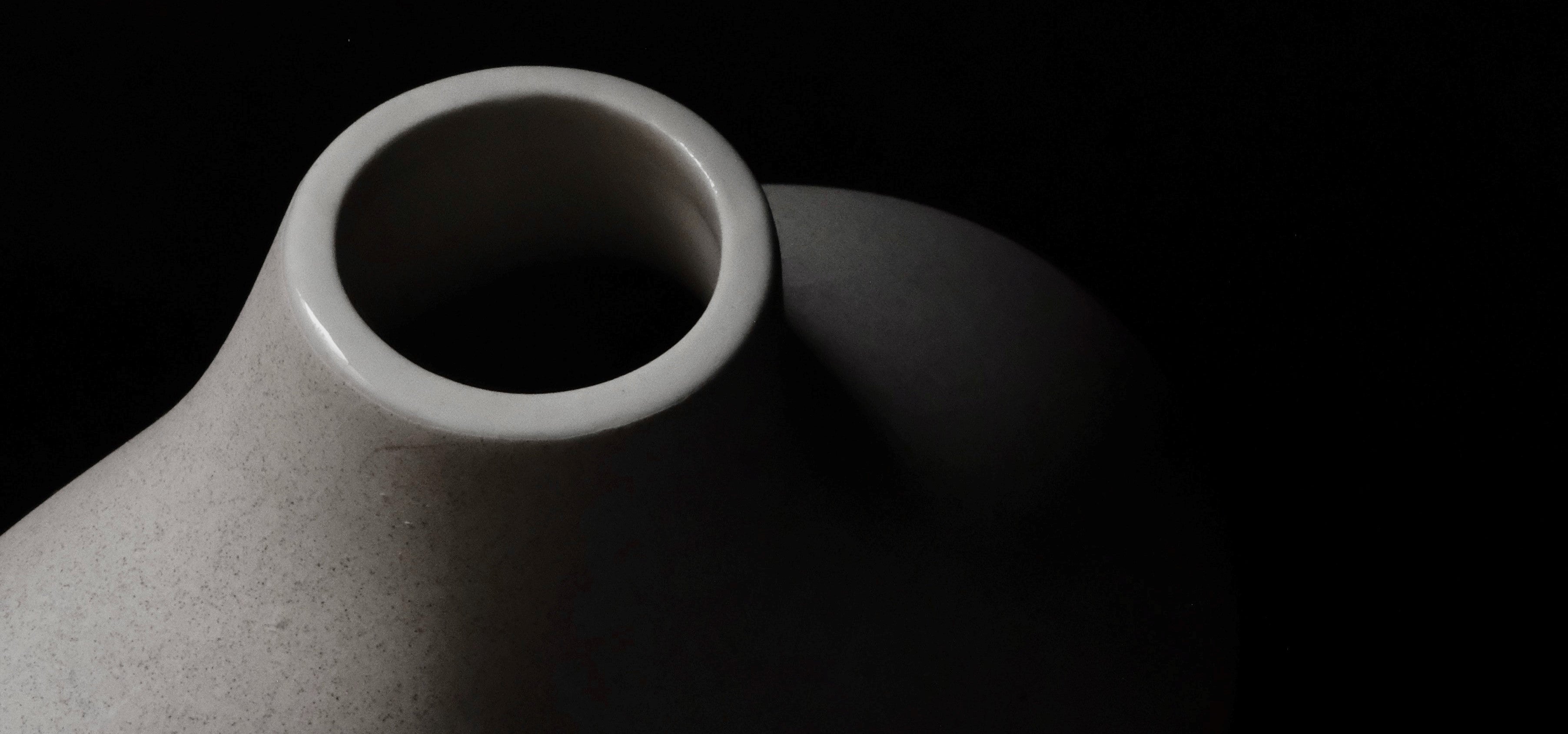
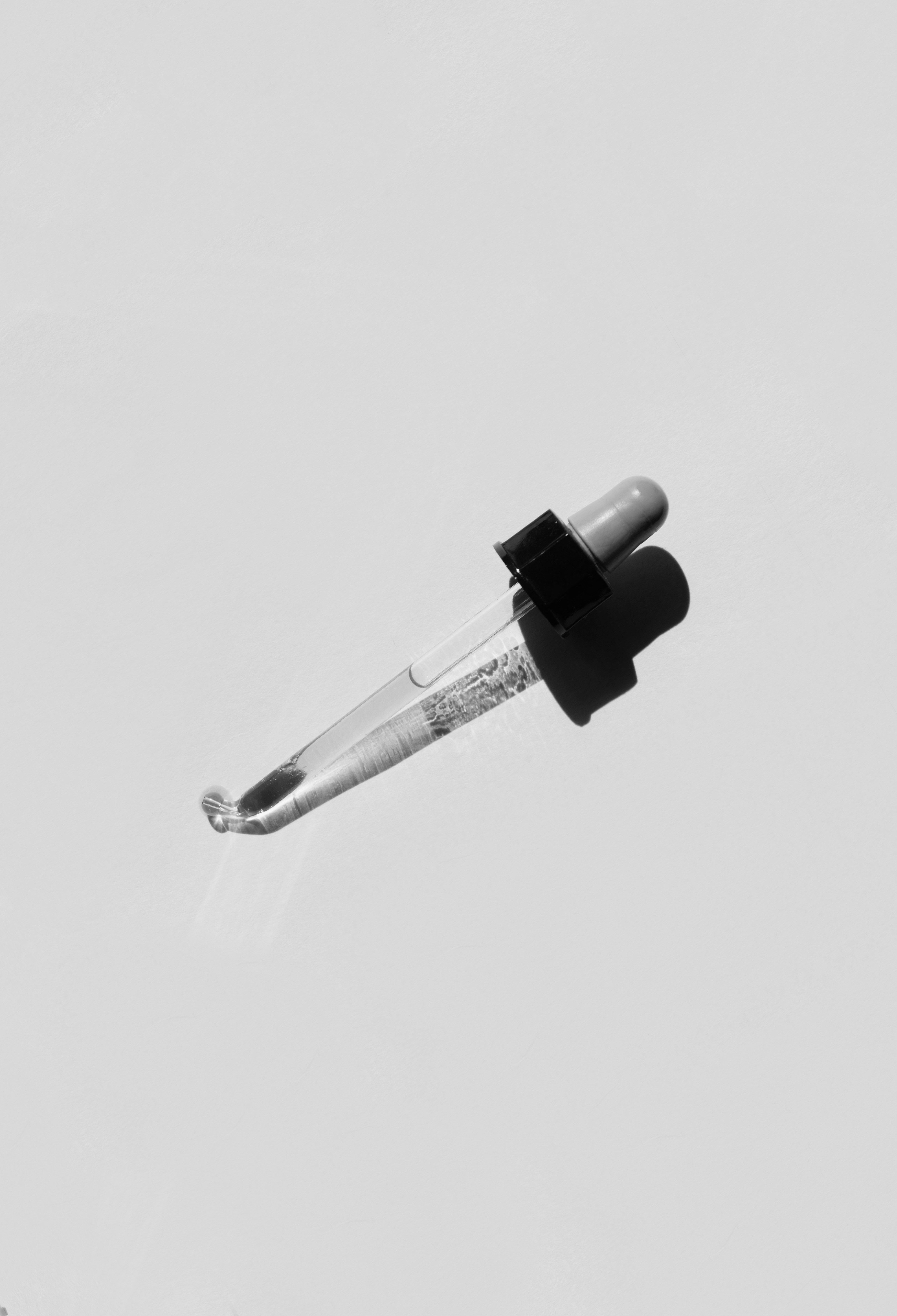
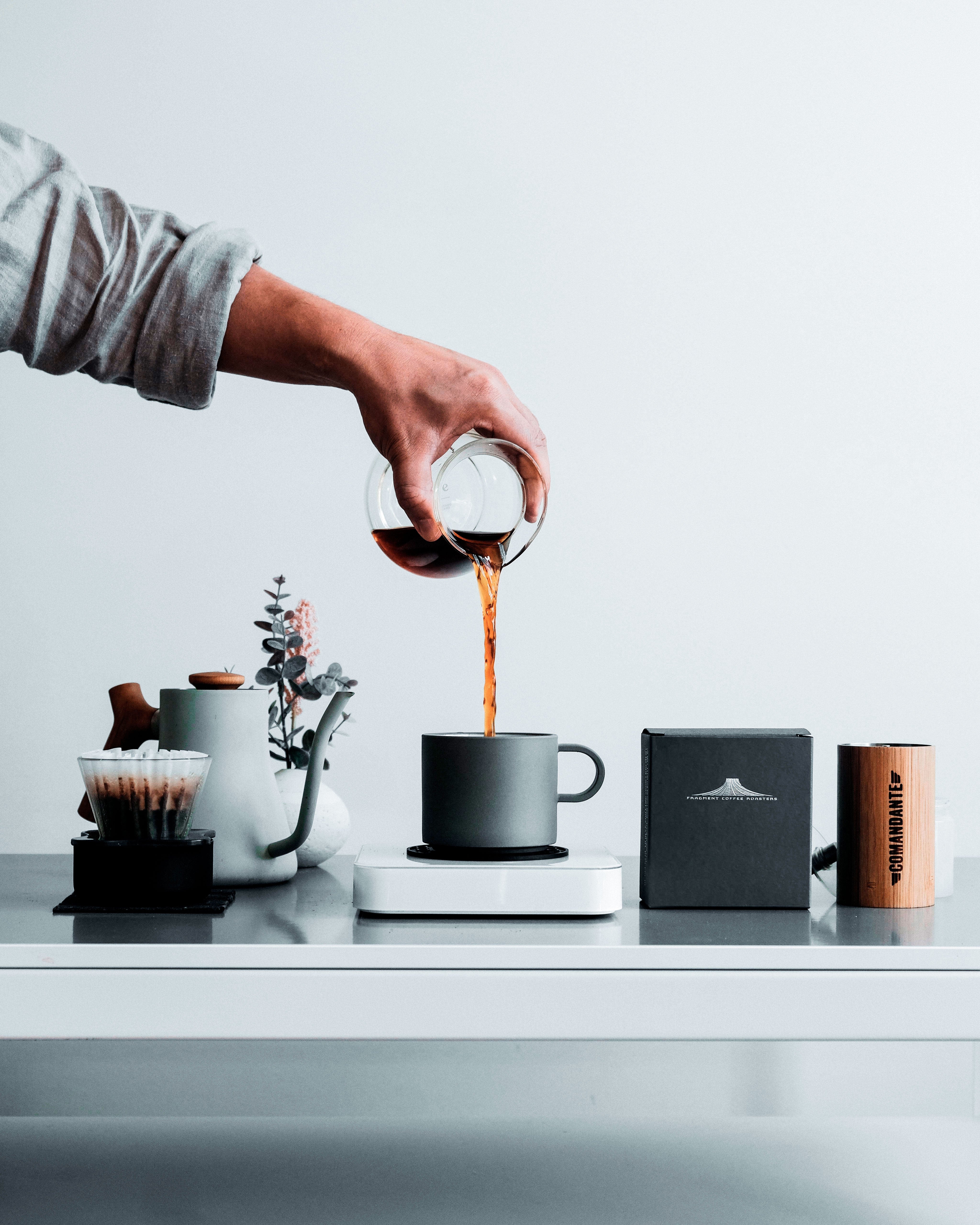
Leave a comment